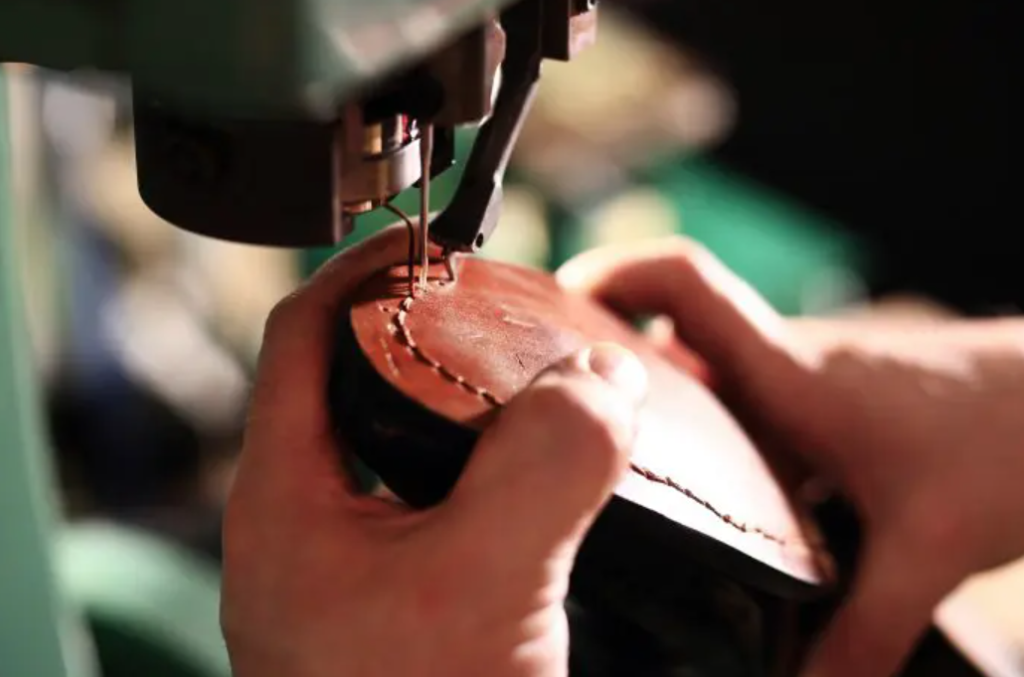The second Circular Economy package looks far
(Sustainabilityenvironment.com) – More durable, reliable and upgradable products, but also repairable, easier to recycle and more energy and resource efficient. This is what the legislative project presented today by the European Commission calls for. The proposal is part of the new Circular Economy package, a set of measures designed by the Executive to make production and consumption lighter for the environment. And possibly even for the citizens’ pockets. With the ultimate goal of decoupling the EU economy from energy and resource dependency, while making it more resilient to external shocks.
“It’s time to end the model of ‘take, make, break, and throw away’ that is so harmful to our planet, our health and our economy“. Commented Frans Timmermans, Executive Vice President of the European Green Deal. “Today’s proposals will ensure that only the most sustainable products are sold in Europe. They allow consumers to save energy, repair and not replace broken products, and make smart environmental choices when they are shopping for new ones. This is how we bring balance back in our relationship with nature and reduce our vulnerability to disruptions in global supply chains“.
The role of ecodesign
The main element of the new circular economy package, the proposal for a regulation on the eco-design of sustainable products. The aim of the measure is to reduce the impact on the environment and climate of all physical goods placed on the market or put into service. There are already EU sectoral rules to make energy products greener and more efficient. However, the Commission wants to extend the regulated range as far as possible, excluding only the food, feed and medicinal products sector for the time being. In order to define an action plan, the Commission will launch a public consultation on the first categories to be regulated, including textiles, furniture, mattresses, tires, detergents, paints, lubricants, as well as intermediate products such as iron, steel and aluminum.
Specific sustainability and information standards will be defined for each product to ensure that consumers are aware of its environmental impact. And everyone will have a digital passport, an informative tool that can simplify the repair and recycling of products or keep track of problematic substances along the supply chain. Similar to the energy label, product information could also take the form of “performance classes” – for example, “A to G” – to facilitate comparison. The proposal also promotes sustainable products and makes it possible to set mandatory criteria for green public procurement.
Ecodesign and Energy Labelling Working Plan 2022-2024
In the 2022 Circular Economy package, Brussels also adopted a 2022-2024 Energy Ecodesign and Labelling Work Plan to cover new energy-related products and update those already regulated. This is, of course, a transitional measure pending the entry into force of the new regulation. The plan is dedicated to consumer electronics, particularly smartphones, tablets, and solar panels, whose waste stream appears to grow rapidly. But it will also evaluate several new product groups such as low-temperature heaters and chargers for electric vehicles.
Sustainable and circular textiles
The EU executive also defined the new strategy for sustainable and circular textiles. The document contains concrete actions to ensure that by 2030 textile products placed on the EU market are durable and recyclable, made as much as possible from recycled fibers, free of dangerous substances and produced in compliance with social and environmental rights.
Read also Sustainable fabrics, what is the Brussels strategy to close the circle?
Specific measures will include ecodesign requirements, clearer information, a digital passport and a mandatory extended producer liability regime. Action is also planned to counter the unintended release of microplastics, ensure the accuracy of ecological declarations and promote circular business models, including re-use and repair services.

